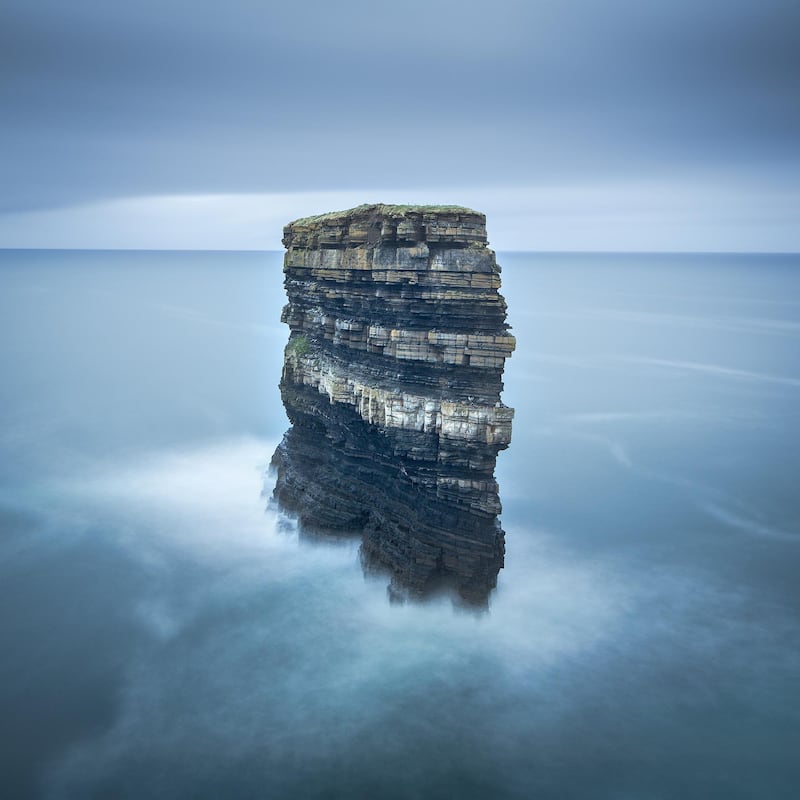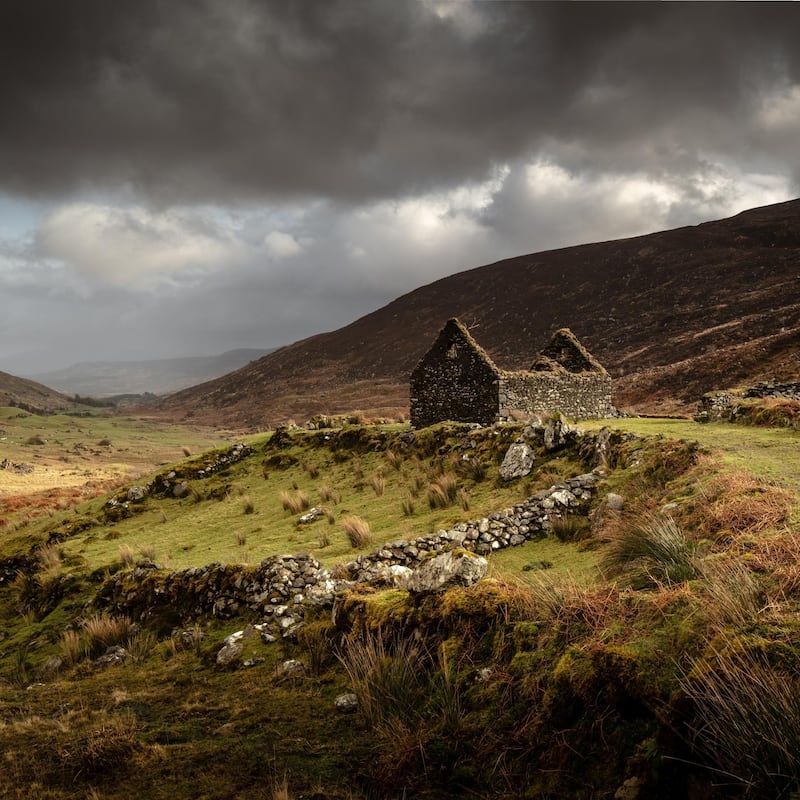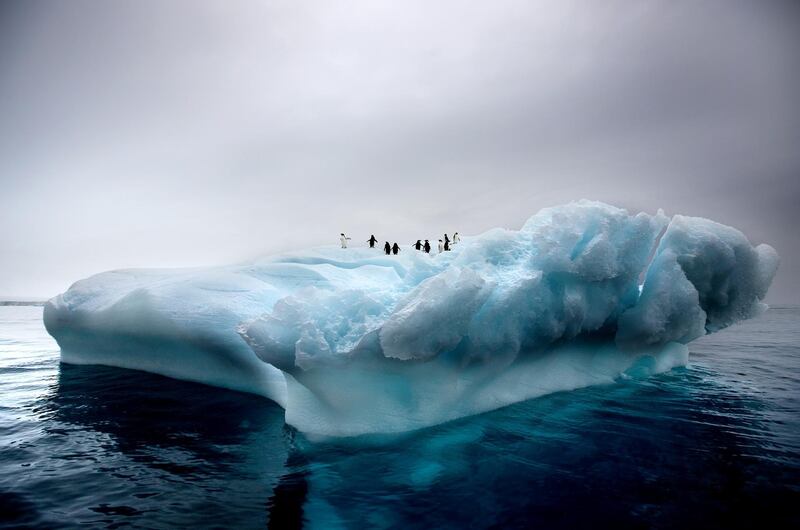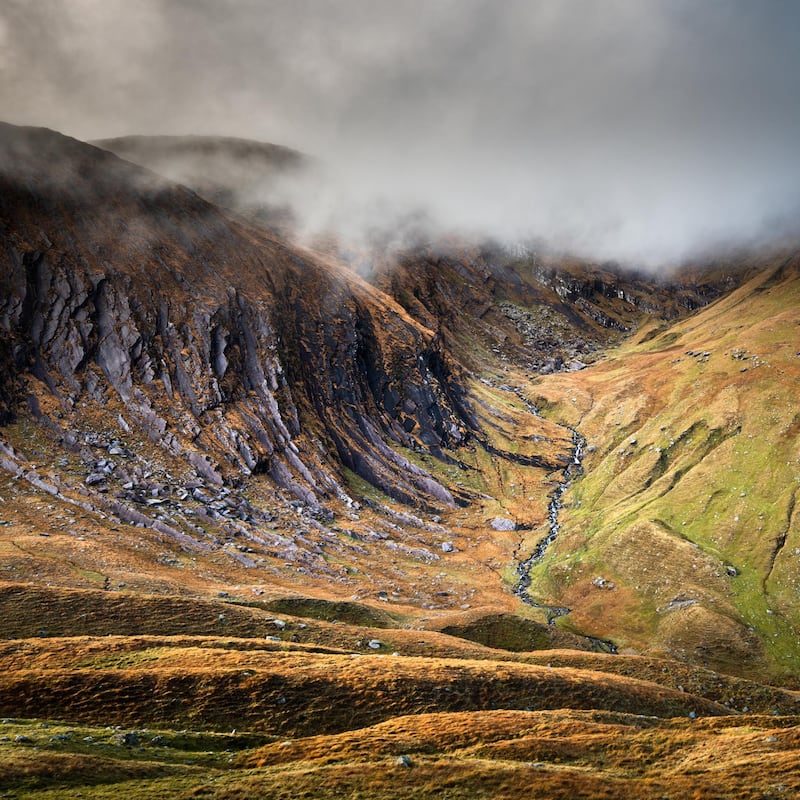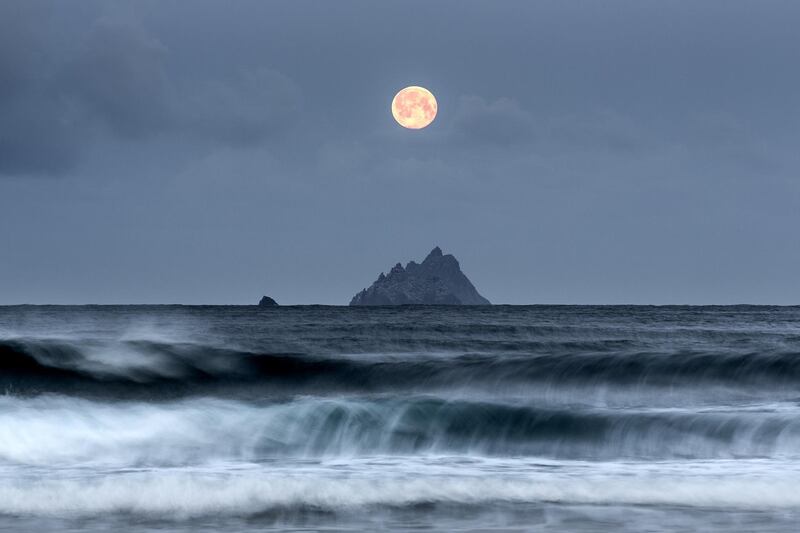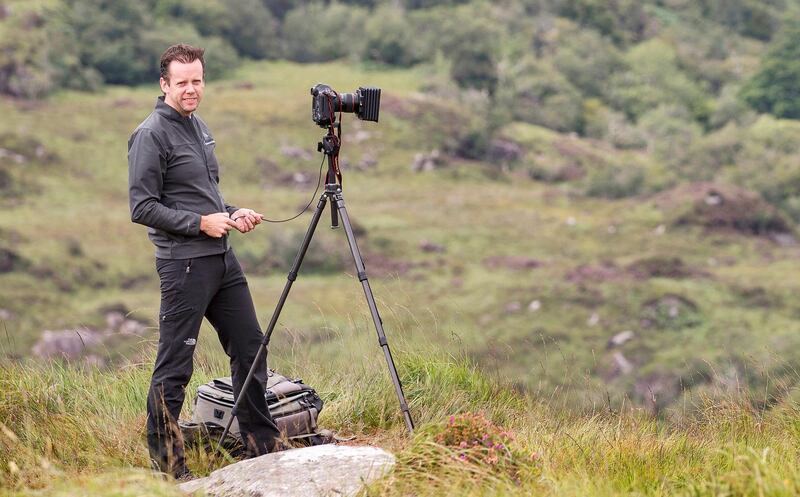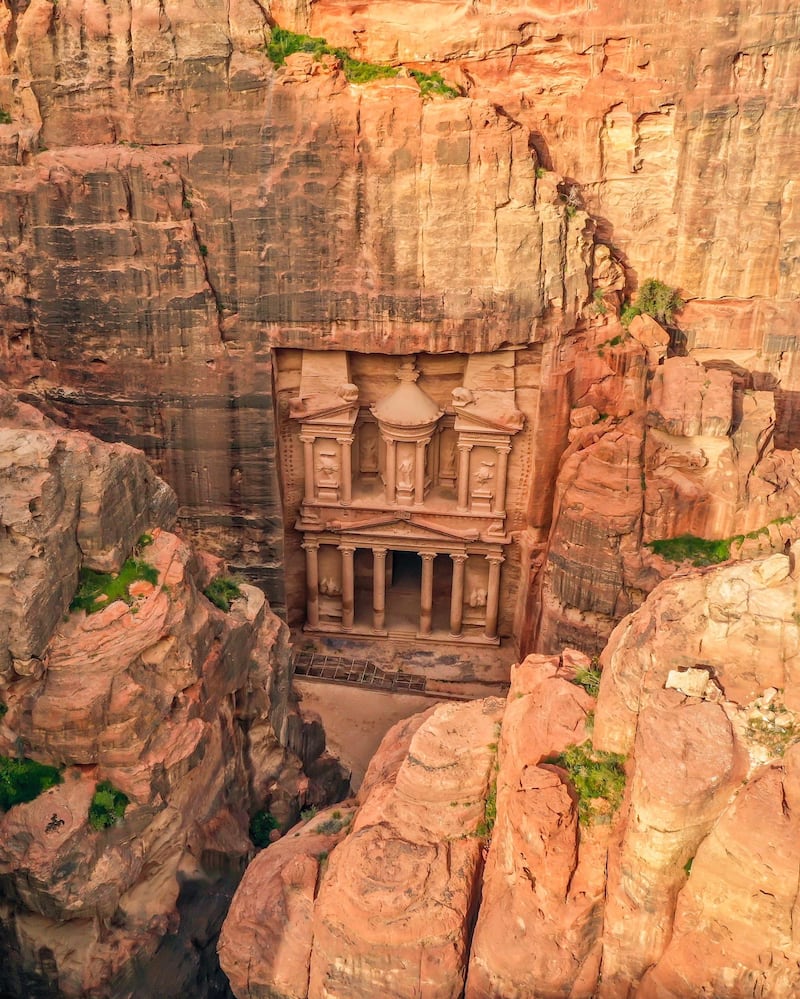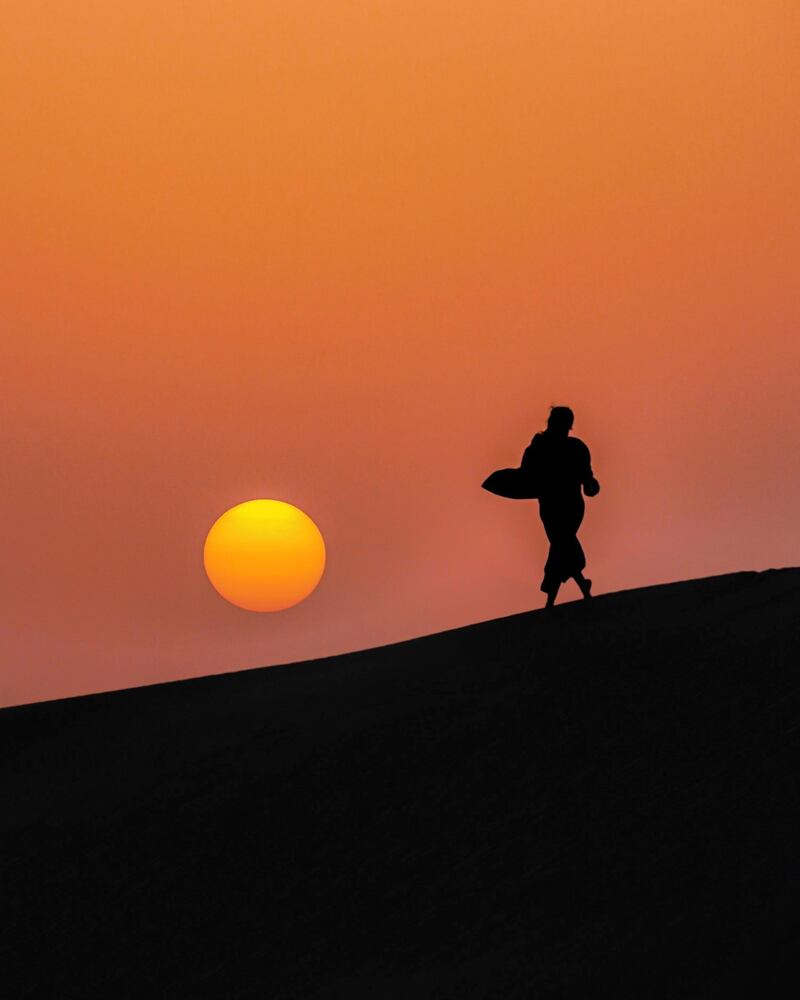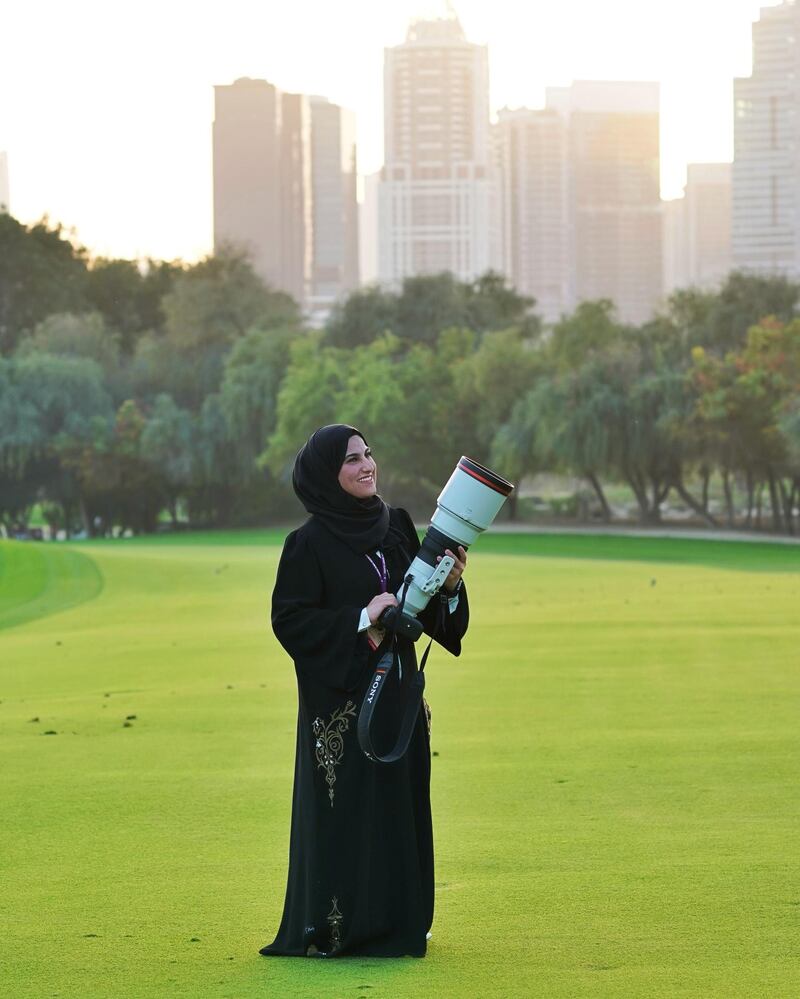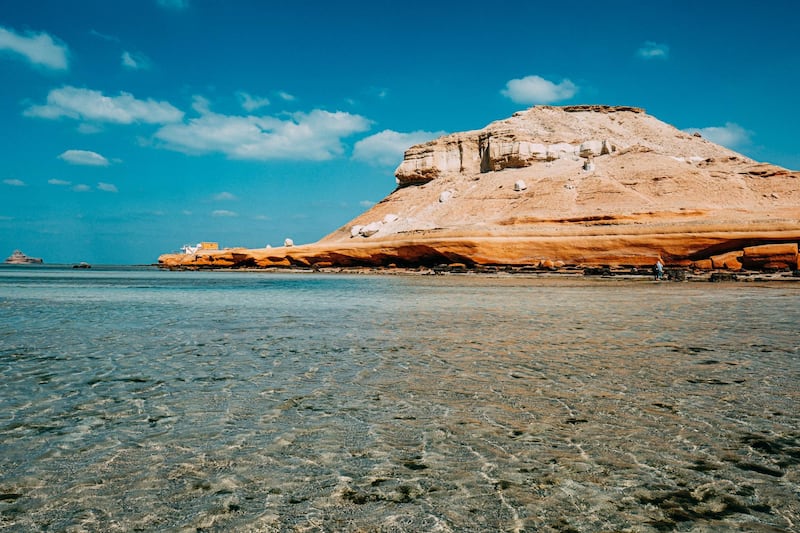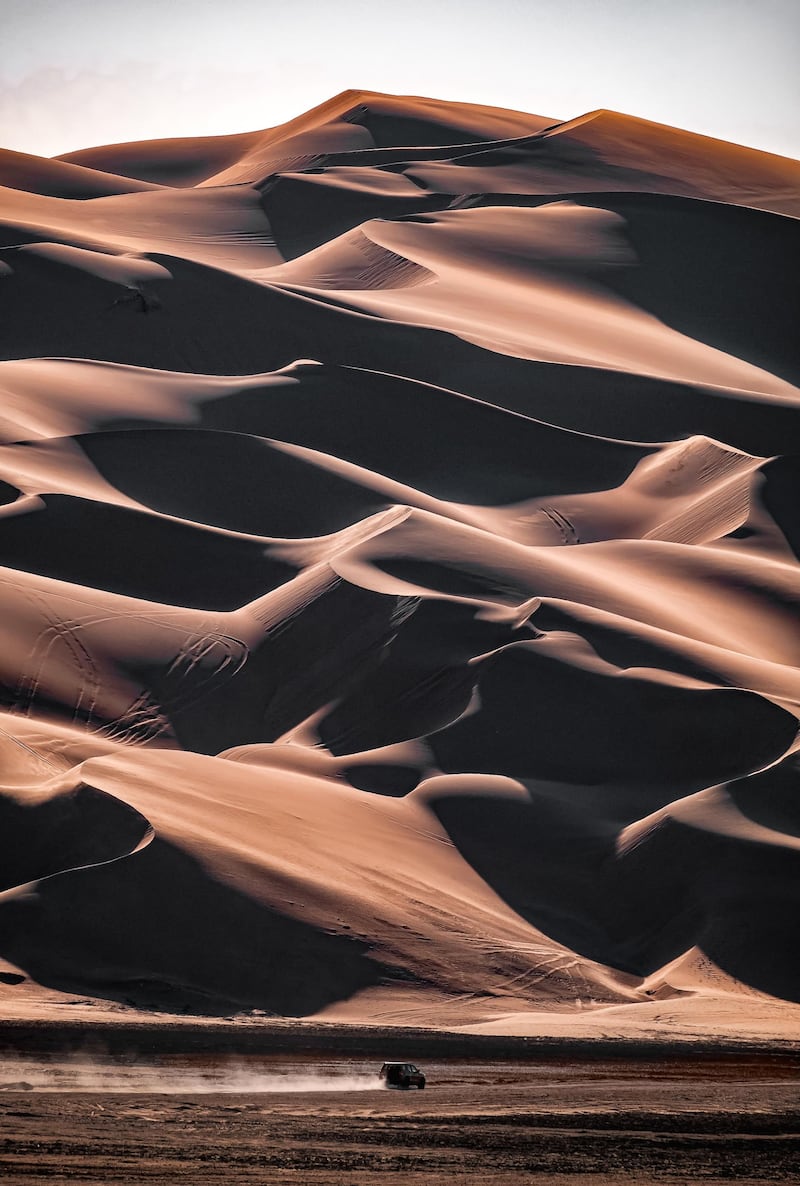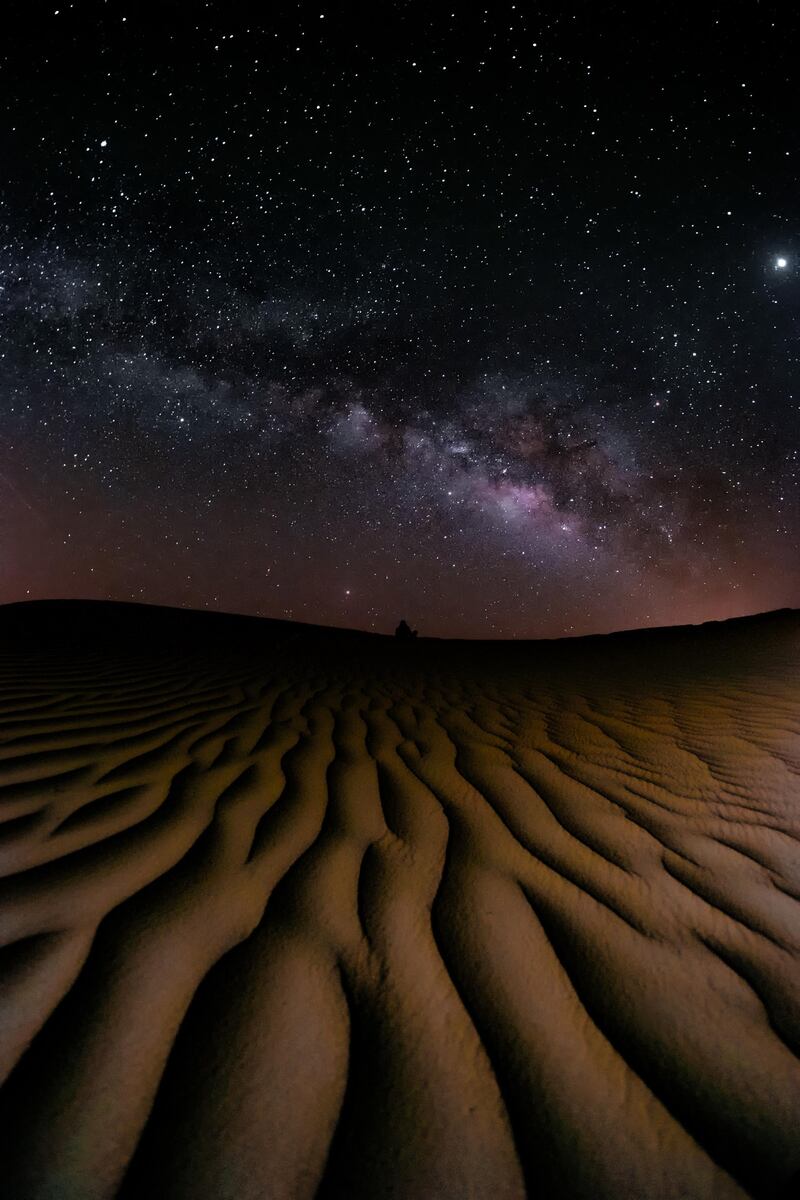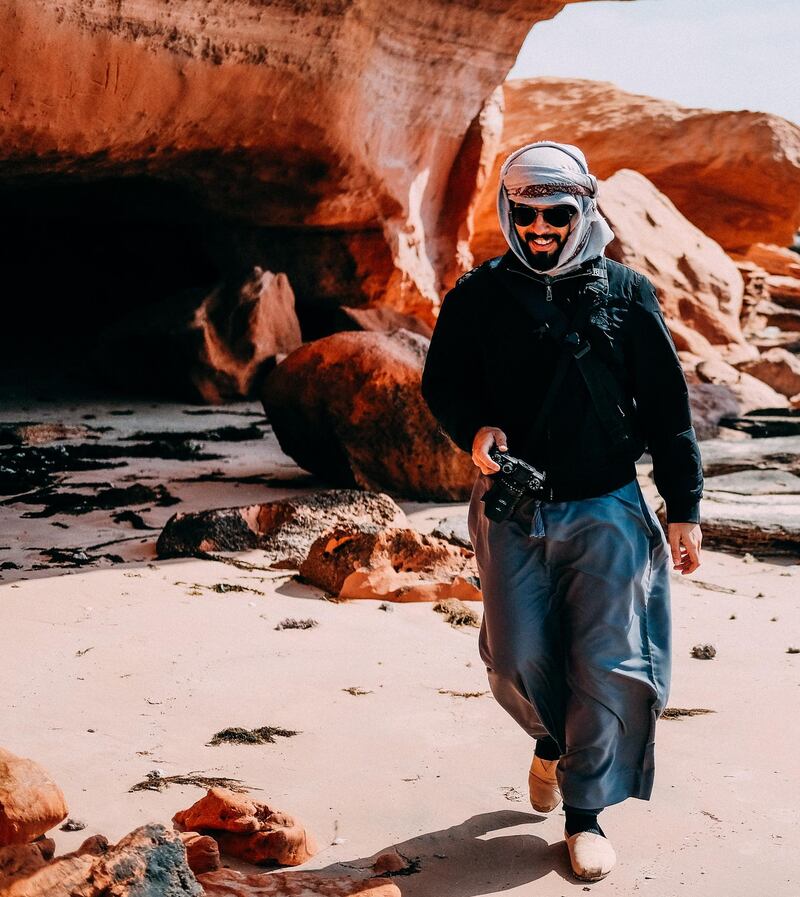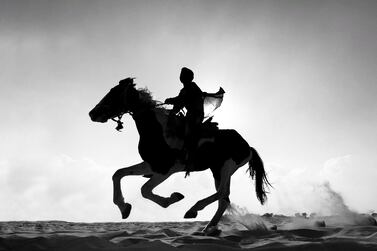It was four in the morning when Norman McCloskey set off to capture an image that had eluded him for years – a full moon setting behind the Skellig Islands, off the south-west coast of Ireland.
By that point, he had already made about 18 trips to the same location over three years, with no success. The skies were either too cloudy or grey. This time, however, a little after 6am, the clouds gave way for the Moon to shine clearly, and McCloskey spotted his chance.
The result looks like something from a film or a fantasy, with the full moon hovering above the island’s rocky facade and the waves of the Atlantic Ocean crashing in the foreground.
McCloskey has been photographing Ireland's landscape since 1992. He says it was the countryside near Kenmare in County Kerry, where he lives, that compelled him to learn landscape photography. He went on to study the discipline before working in an editorial agency for two decades. He now runs a gallery in Kenmare.
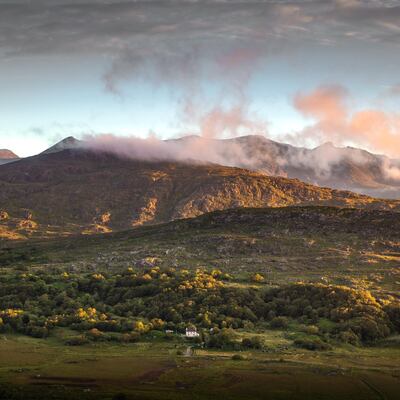
He defines a great landscape picture as “one where I immediately see as much of the photographer as I do the location, along with a thought process”. He describes it as more than simply a record of a place, but an insight into the photographer’s eye. “When you look at a landscape photograph and you find yourself pausing, asking a question or feeling something, then I think that is a successful one.”
For McCloskey, capturing the best images comes from having a real interest in the natural surroundings. “Photograph in landscapes that you genuinely love working in. This will help you connect more easily to the environment and will help make images that will mean more to you,” he says.
Preparation: do your research on location and light
Preparation is also vital. For his photo of the Moon over the Skellig Islands, for example, McCloskey used an app that would pinpoint the location and elevation of the Moon and the Sun at certain times. With that knowledge, he could decide when and where to go for his shot. “Plan a journey and give yourself enough time in a place to get a real feel for it, making sure you have an idea of how it looks in evening and morning light, which is generally the best time to photograph landscapes,” he says.
“I make a real effort to get to know a location well and visit throughout the year, noting how the light falls and changes the look and feel of the place,” he adds.
Emirati photographer Huda Bin Redha also emphasises the importance of reading up on a location before visiting. “Do your research before going to any country or place. This way, you will save time by having an idea of where and what you want to capture beforehand,” she says.
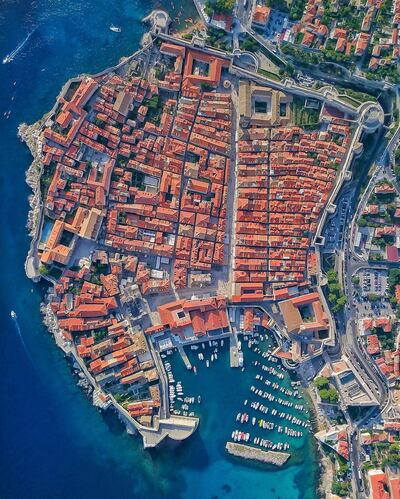
Once you are there, she says, do not be afraid to experiment. “Walk around the place and shoot from different angles. Always try to capture things from a different perspective. Think about what you are trying to say, what you want people to think and the emotions you want to evoke.”
Bin Redha’s interest in landscape photography developed during her travels. She wanted to document the sights of the natural world and, in 2013, decided to pursue the art form as a career. She has captured Wadi Rum and Petra in Jordan and the Serengeti in Tanzania. She has recently incorporated drone photography into her work, balancing projects for tourism boards and brands with her personal interests.
Equipment is secondary to skill and style
When it comes to equipment, she says developing a style should come before investing in a full photography kit. “The gear never mattered to me, whether it was using a professional camera or a phone camera. What mattered was that I captured things with my own style and from a different perspective,” she says.
Fellow Emirati photographer Obaid AlBudoor echoes this sentiment. "You don't need a large camera to take fantastic images," he says – he also enjoys shooting on smartphones.
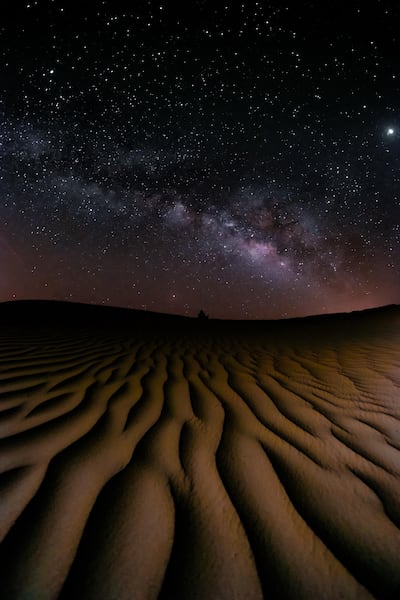
Al Budoor became a full-time photographer in 2017, leaving a job in corporate banking to pursue his passion. His focus has been on the deserts and mountains in the region. When it comes to scouting locations, he says he uses Google Earth to help him visualise the best scenes to photograph.
“I’m interested in discovering the untapped landscapes of the Middle East,” he says. “I usually do a yearly 8 to 10 day solo drive throughout certain parts of a country,” he says. So far, he has driven across areas in Saudi Arabia and Oman and has travelled around Egypt many times.
His advice for aspiring landscape photographers is to develop an understanding of natural light and weather while also experimenting with various styles. “Spend your time just being outdoors and learning to read the weather. Understand the sun and moon, how the sun sets and rises at different points in the horizon depending on the season,” he says. “Once you understand these elements, the potential for certain compositions and ideas becomes limitless.”
He suggests people practice both by themselves and with friends. "Don’t be concerned with a specific style. Learn to use the tools as fluidly… That way, you won’t concern yourself with how to shoot, but with where and when.”
Find the personal significance behind your work
Beyond simply keeping a record of beautiful sights, landscape photography can also foster a deeper concern for the natural world. In the course of his career, McCloskey has become more fascinated with the history, geology and mythology of the landscapes he photographs. “Although I don’t overtly raise environmental issues in my main body of work, I hope that I am helping to show the natural beauty of what we have and why it is worth protecting,” he says.
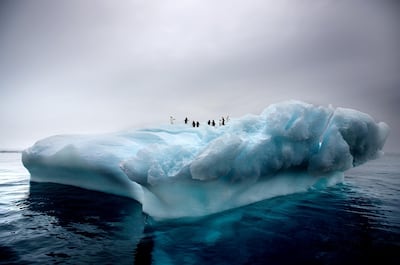
Capturing natural landscapes has also had a personal impact. “For a few landscape photographers who are genuinely combining art with nature, it is far more personal and profound thing,” he says. “I’ve learned that those personal reasons and connections are tremendously varied, and few of us have the same story. For me, working in the landscape has brought me an incredible amount of peace and healing in my life.”
